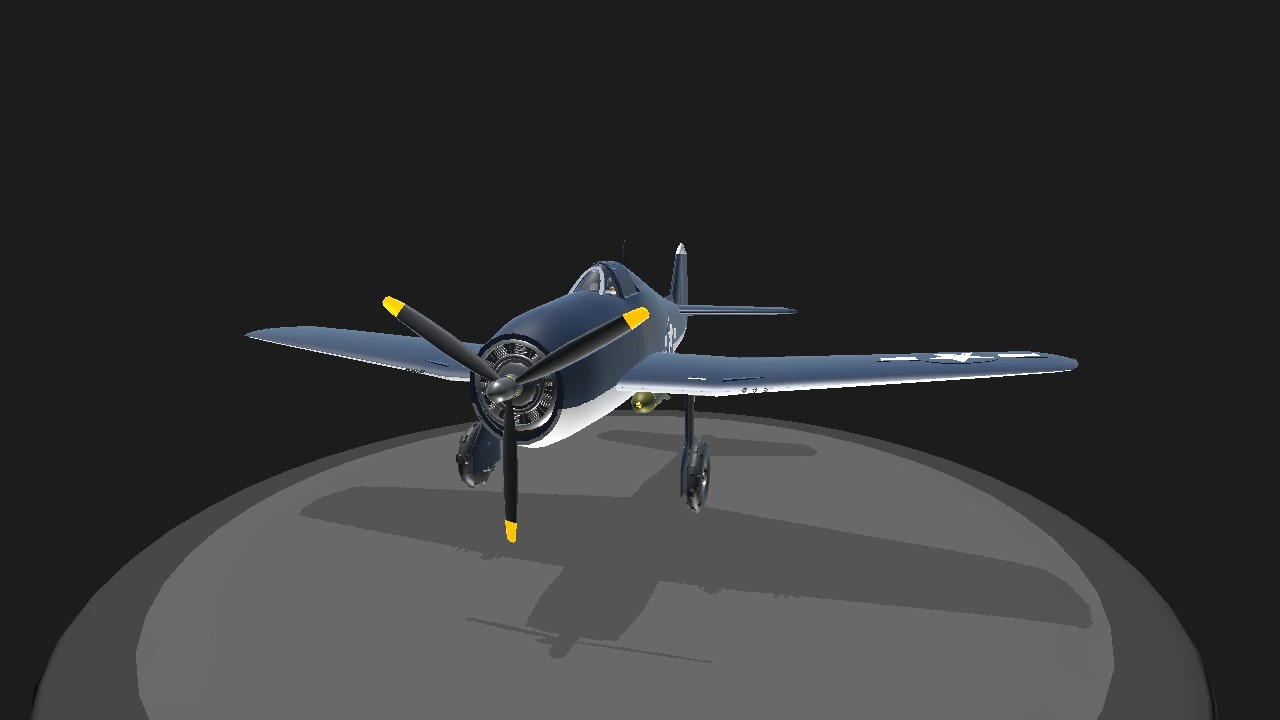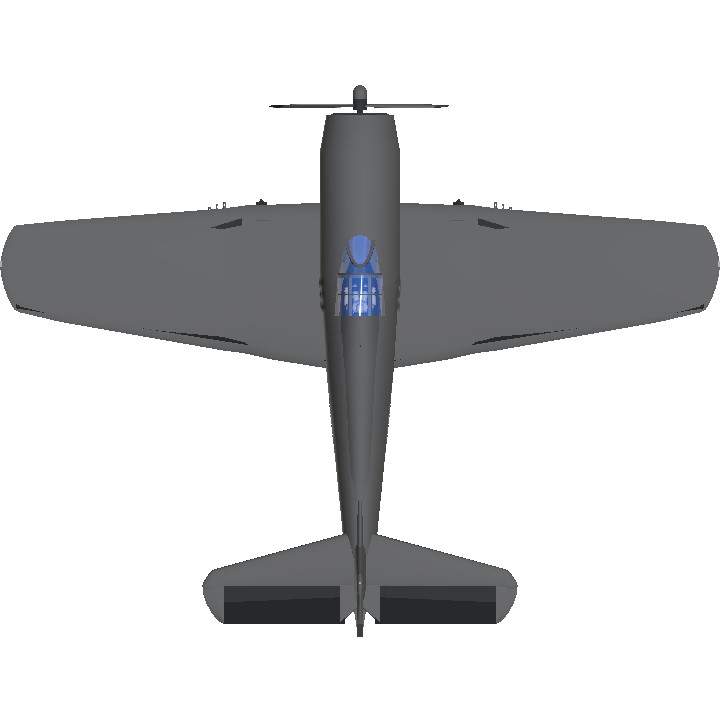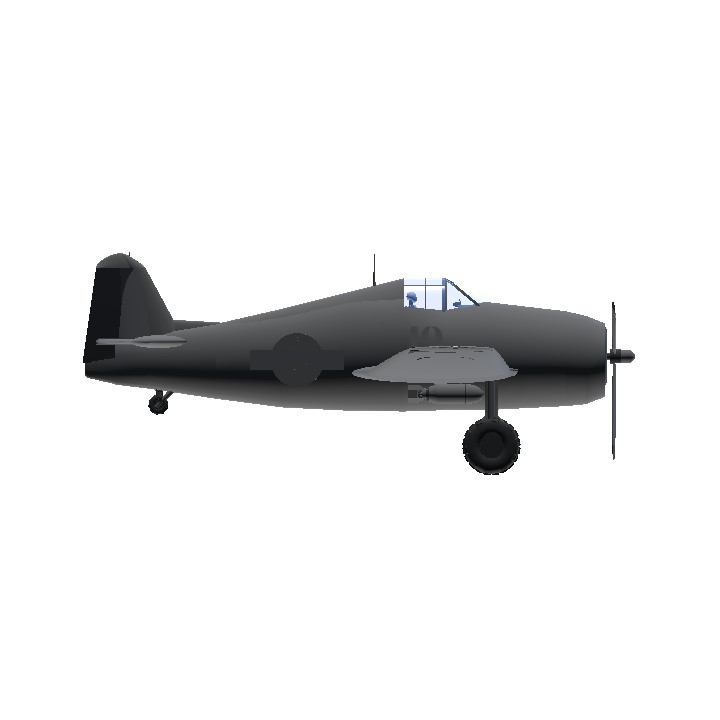The F6F Hellcat was a naval fighter that served in the United States Navy during World War II. The F6F was similar in appearance to the F4F Wildcat, Grumman's main fighter for the US Navy, and was therefore also jokingly referred to as the Wildcat's big brother. The Hellcat was initially developed to compete with Chance Waters' F4U Corsair for the lead role in the Navy's naval aircraft, and the F6F was only a pre-programmed replacement for the F4U, but after the F4U entered service, serious problems were found with landing aircraft, and the problem of landing safety was not fully resolved until the end of the war, so the Hellcat as a pre-programmed aircraft took advantage of the situation and became the main US naval fighter after 1943.The F6F-5 was the most commonly used version. It included a modified engine, spring-controlled ailerons, the deletion of the rear canopy, and a new type of reinforced glass for the front canopy. The F6F-5s had another more prominent change, an attempt to increase the flexibility of the optional armament. In addition to the original six Browning machine guns, the F6F-5s could also remove one Browning machine gun on each side (400 rounds of ammunition) and replace it with a 220-round M1 (licensed Hispano-Sizar HS.404) cannon, but the weight and instability of the cannon meant that this configuration was not formally introduced into the production line and was only used in some of the later F6F-5N night fighters.
Specifications
Spotlights
- Bryan5 2.6 years ago
General Characteristics
- Predecessor F6F Hellcat
- Created On Android
- Wingspan 43.8ft (13.4m)
- Length 33.5ft (10.2m)
- Height 13.7ft (4.2m)
- Empty Weight 12,221lbs (5,543kg)
- Loaded Weight 13,869lbs (6,291kg)
Performance
- Horse Power/Weight Ratio 0.216
- Wing Loading 23.7lbs/ft2 (115.5kg/m2)
- Wing Area 586.1ft2 (54.4m2)
- Drag Points 4043
Parts
- Number of Parts 234
- Control Surfaces 11
- Performance Cost 1,116







@GovernorG why did you remove the cockpit features ?
@GovernorG Really Nice 👍
Base on @Bryan5's work.